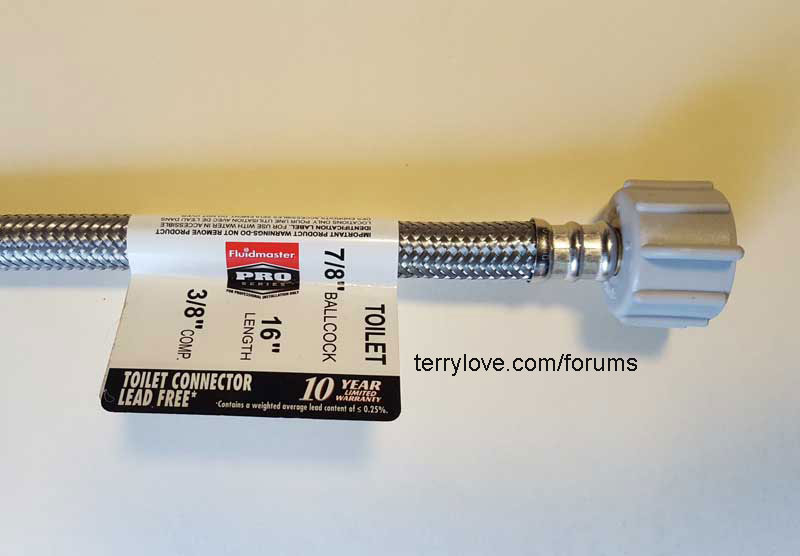ItzRav
New Member
I know that some people think that pretty much any braided stainless steel faucet supply line that can be found at a place like Ace or Home Depot is fine. But in my research, there seem to be some real differences between different manufacturers. For example, the BrassCraft line says it uses an 8-sided crimp, and handles a maximum of 125 PSI. Then there's those at Kully Supply, which they say they get from Kissler, which claims a 12-sided crimp with a working pressure of 250 PSI, among other things. I've read articles about the dangers of supply lines that have a thin-walled inner PVC tube, but they don't say which brands to avoid. I could go on with examples but the point is, I'm looking for the best quality lines possible. I know they don't last forever, but I want to reduce the risk of a flood in-between replacing them every 5-10 years or so. I don't want the so-called Flood-Safe lines, which I've read are not necessarily so safe. What would people here recommend? Thanks.

